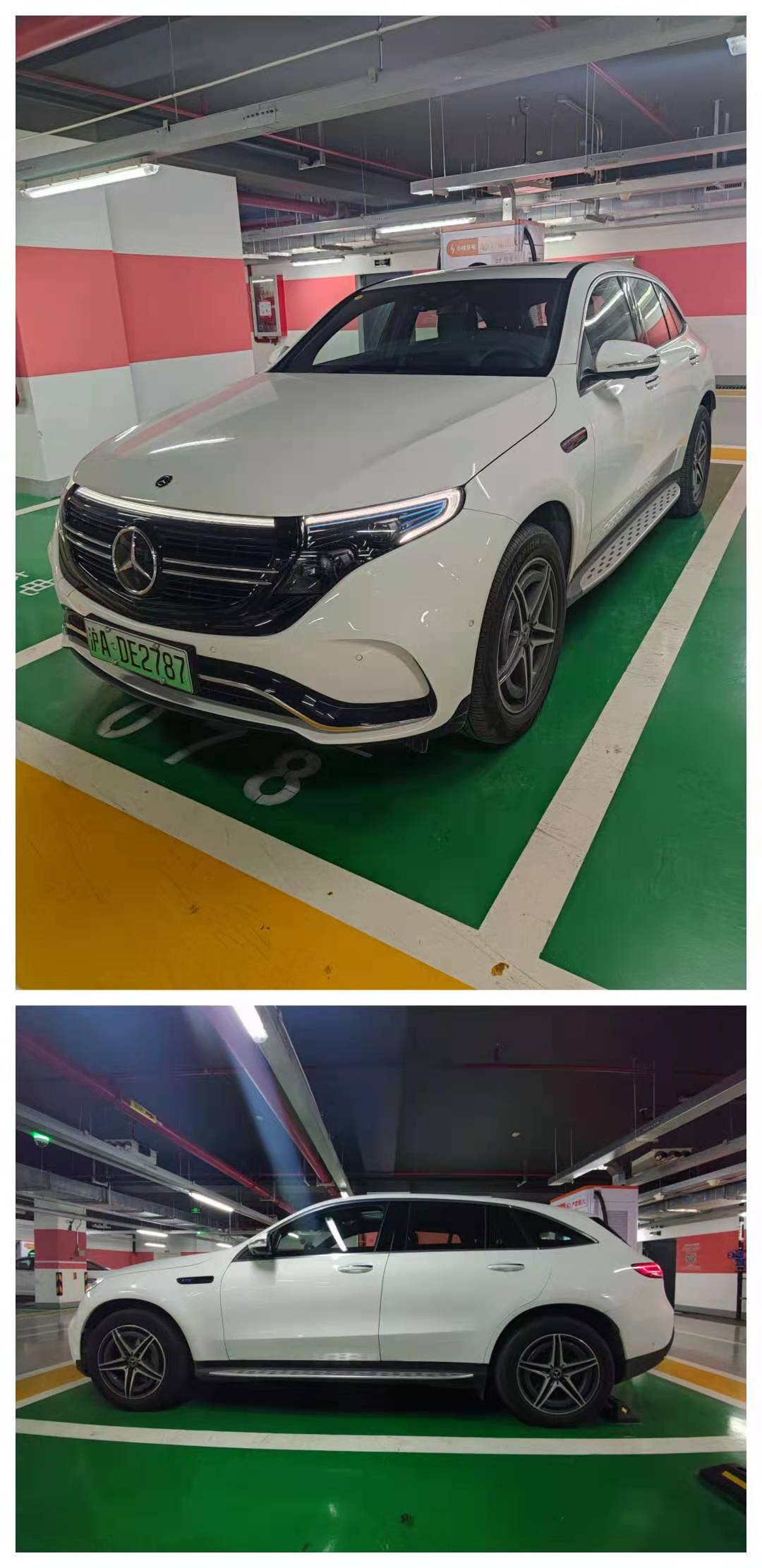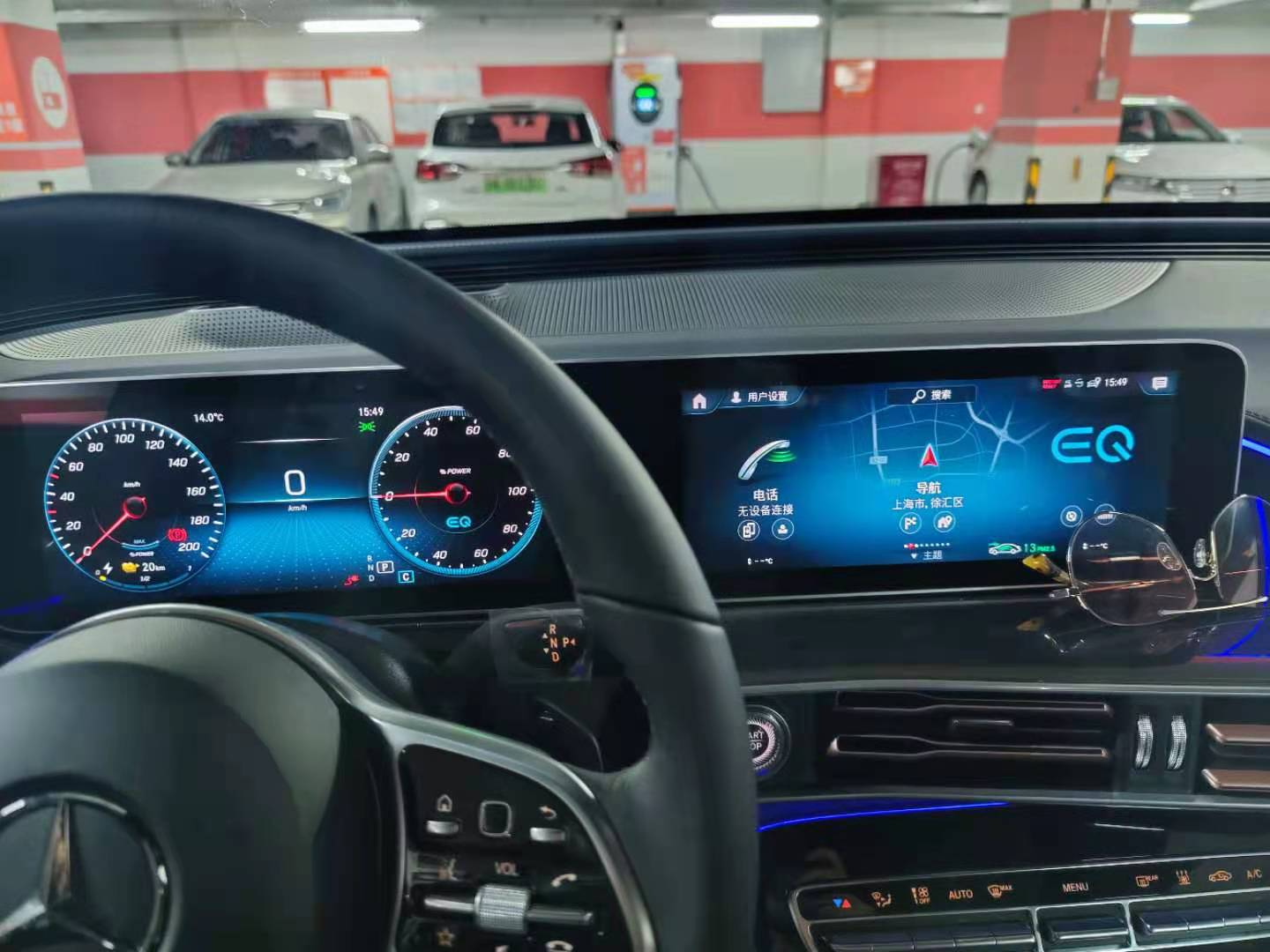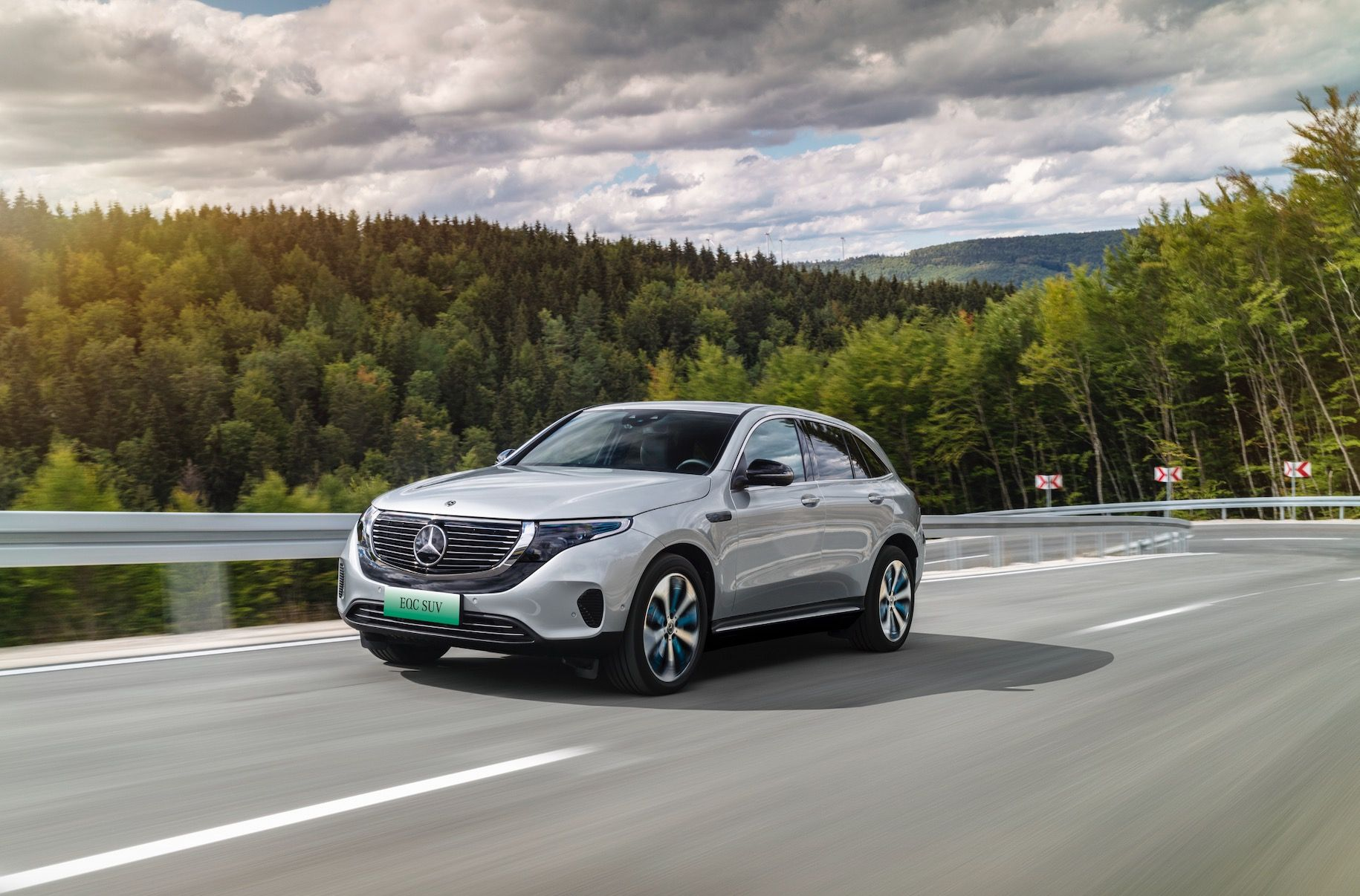First of all, I would like to thank Garage 42 for providing me with a 48-hour deep test drive of the Mercedes EQC.
As for EQC, I was really full of infinite expectations.
When it comes to electric vehicle factories, Tesla has recently gained a lot of attention, but few people know that there is actually an interesting relationship between Tesla and Mercedes. In 2008, Tesla had just started and the roadster had just begun to be delivered, but the cost exceeded greatly and there were various production problems. At the same time, the global financial crisis hit, and under internal and external difficulties, Tesla was once on the brink of bankruptcy.
At a critical moment, Mercedes gave $50 million, exchanged for 10% of Tesla’s equity, and gave Tesla an opportunity to breathe.
At the same time, Mercedes also sent engineers to help develop the Model S, and even some accessories on the Model S, such as the gear lever, are exactly the same style as Mercedes.
In 2014, Mercedes sold off the Tesla stocks it held early. Everyone knows the rest of the story. If they still held those stocks now, their value would be higher than the entire market capitalization of Mercedes.
And I am writing this experience to share the perspective of an electric vehicle owner who has been driving Model S for four years, to see how the giants of traditional car companies approach their first electric vehicle.
Perspective

First Impressions
The first impression of the appearance is the traditional Mercedes SUV shape, coupled with the front face without the air intake grille and the through-style front headlights, which is a collision of the two epochs. The first feeling of getting into the car is the strong luxury atmosphere from Mercedes. The atmosphere lights that envelop the entire cockpit, the Mercedes-style buttons, the black and gold-colored air vents, and the Berlin sound system.
Every detail is constantly repeating and stacking the luxurious atmosphere. In the end, you can’t help but say, “Wow, it’s really worthy of Mercedes.” The wrapping of the seats is very good, and the electric adjustment can even adjust the height of the headrest, so that people of any height or body type can have a special riding experience.
Press the start button to start the vehicle, and the headlights actually use a light effect to enhance the sense of ceremony. Adjust the seat, turn on Bluetooth and connect to the phone, play your favorite music with the Berlin sound, switch to D with the gear lever, and the driving experience begins.
Driving
As an old electric vehicle driver, I am really familiar with the driving experience of electric vehicles. In terms of power parameters, I won’t repeat what Mercedes has done, but in terms of intuitive driving experience, whether it’s the sensitivity of the accelerator pedal, the foot feeling of the brake, or the degree of power recovery, it is very similar to Tesla.### Introduction
As a translator in the automobile industry, my responsibility is to provide English translation, spell-checking, and wording modifications to ensure the accuracy and fluency of the text. Below is the improved version of the original Chinese text in Markdown format with embedded HTML tags.
Driving Experience
I have been driving the Mercedes-Benz EQC for the past few days, and I must say that I am impressed by its driving dynamics. The car allows me to hold it firmly without any hesitation, which I appreciate a lot. I do not need to spend much time adjusting my driving style to adapt to this vehicle. The feature that surprises me the most is the ACC (Adaptive Cruise Control) function. Once enabled, it offers smooth acceleration and braking, making the car perform like a human driver.
Comparing it to the Tesla’s Autopilot, which I tested four years ago, I can see a significant improvement in the EQC’s ability to follow the traffic lane precisely, making it more reliable.

Charging
One remarkable advantage of Mercedes-Benz in terms of charging is that its navigation system includes official service centers that offer charging facilities. Although I did not have the opportunity to experience it this time, I believe that this type of charging network can provide a better experience. What’s more, thanks to Mercedes-Benz’s extensive service network, including 4S stores, it has an unparalleled advantage over new electric vehicle start-ups that need to build the charging infrastructure from scratch.

Criticisms
Of course, no review would be complete without some criticisms. During the test drive, I found the EQC had some shortcomings, mainly with its small screen and outdated infotainment system. For a 2020 electric car, the screen size seems to be stuck in the era of feature phones, which is not acceptable for a luxury car. The infotainment system also feels dated, lacking internet entertainment functions and popular maps such as Baidu or Amap.
Furthermore, due to the small screen, the rearview camera image, especially the 360-degree camera, appears too small, and the image quality could be improved. These details do not reflect the overall quality expected of a luxury car.
Conclusion
As we enter 2020, the trend towards electric cars is unstoppable. In 2008, Mercedes-Benz probably did not think that it would face fierce competition from new electric vehicle start-ups.
Now, after 12 years, Mercedes-Benz has finally introduced its first all-electric vehicle to the market. The EQC’s traditional genes and electric blood blend perfectly, making it a worthy competitor in this new era of automobiles.
For Chinese people, these past 12 years represent a transformational period, where both new and established players in the electric vehicle industry compete to see who comes out on top. I am eagerly waiting to see who will triumph in this ever-changing landscape.
This article is a translation by ChatGPT of a Chinese report from 42HOW. If you have any questions about it, please email bd@42how.com.
